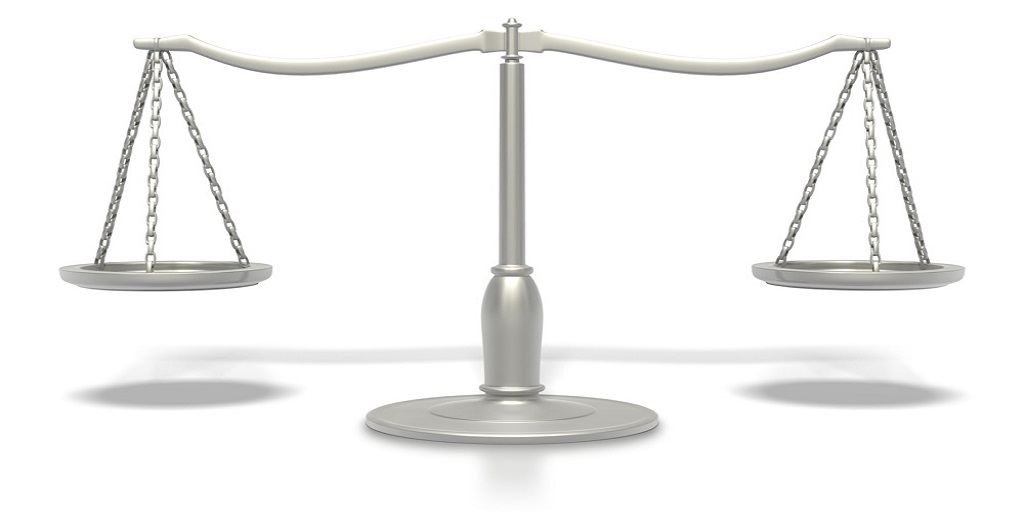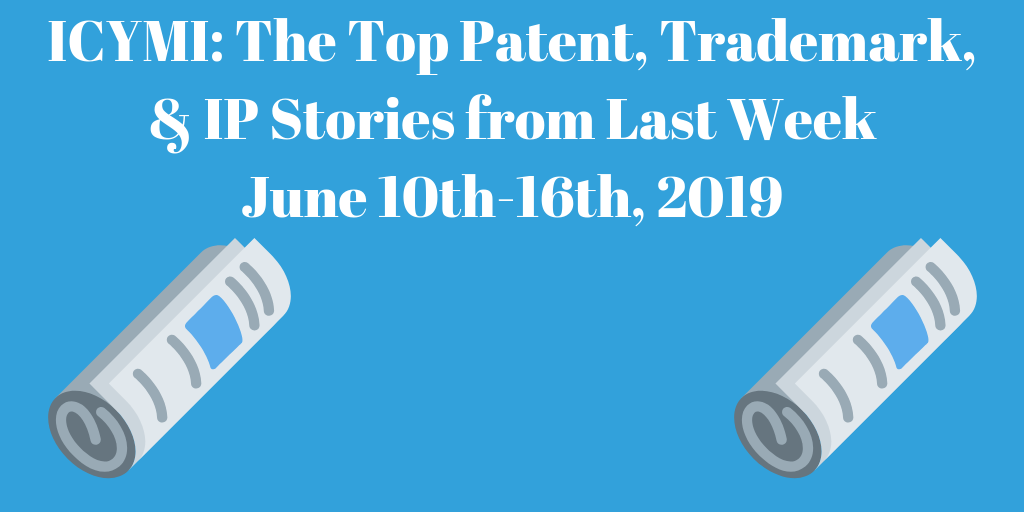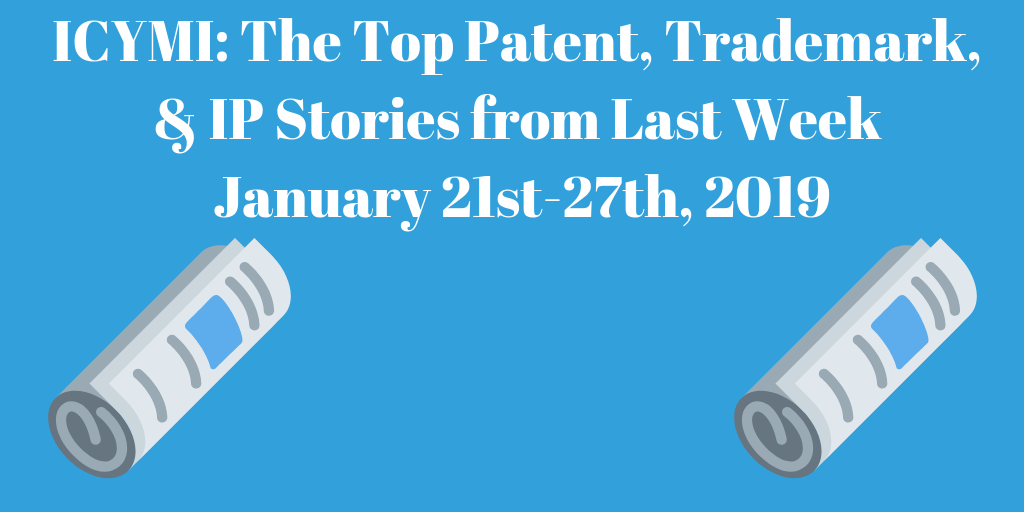Patent Reform: “America Invents Act” Almost Law
.png)
Senator Patrick Leahy (D-Vt.),Chairman, Senate Judiciary Committee, commented on the final passage of “The Leahy-Smith America Invents Act”,
“The America Invents Act is a true jobs bill at a time when we need it the most. After six long years of debate spanning three Congresses and two administrations, it is finally set to become law. This is bipartisan, commonsense legislation that will spur the innovation that drives the American economy.”
Prior to the final vote, the Senate voted to reject or table all amendments, avoiding the need to send the bill back to the House for consideration. This vote means that the final text of the new law is that found in H.R. 1249 as passed by the House on June 23, 2011.
The Leahy-Smith America Invents Act makes the most sweeping changes to U.S. patent law in many decades. Here is a checklist of a few key changes:
- Establishing a first-to-file system,
- Eliminating the ability for anyone to file False marking lawsuit;
- Filing by other than inventor for corporations to file Oath and declaration;
- Eliminating the Best mode requirement;
- Eliminating interference proceedings,
- Expanding prior user rights as a defense to infringement, and
- Creating new USPTO proceedings for post-grant review.
While many provisions of the law will not take effect for at least one year after the date of enactment, several key provisions have an immediate effect:
Immediate Provisions of the Leahy-Smith America Invents Act
The effective date of the law will be at the end of the 1-year period beginning on the date of the enactment of the Act (once President Obama signs the bill ) and shall apply to any patent issued on or after that date, however the following provisions will take immediate effect and are applicable to pending proceedings:
- False Marking
Changes to 35 U.S.C. § 292 will eliminate qui tam actions for false marking suits. Under the new law, only the U.S. government can sue for statutory damages, although persons who have suffered a “competitive injury” from false marking can bring a civil action for damages “adequate to compensate for the injury.”
The new law also provides that marking with an expired patent is not a violation of the statute. This means that virtually all pending false marking suits will need to be dismissed once the law is enacted.
- Defense to infringement
A defense can be raised in a patent infringement case based on prior commercial use if the commercial use that would otherwise infringe a claimed invention occurred one year before the filing date of the application of the patent. This will only apply to new patents from the date of the enactment. 35 U.S.C. § 273
- Joinder of Defendant
The new law will limit the circumstances for joinder of defendants in patent infringement cases.35 U.S.C. § 299
- Best mode no longer a Defense
A failure to describe the “best mode” to make or use the invention in a patent application will not be a basis for invalidating a patent or ruling a patent unenforceable. 35 U.S.C. 282(3). This will be applicable to new cases only.
- Reexamination
For new requests for reexamination, the standard for reexamination will change from “a substantial new question of patentability” to “a reasonable likelihood that the requestor would prevail” with respect to at least one of the challenged claims
For pending or subsequent Board appeal in an ex parte reexamination proceeding, such Board decisions may be appealed only to the Federal Circuit, not a district court.
- Patent Application
For pending applications, patents will not be granted to “tax strategy patents” or to claims encompassing human organisms.
Effective 10 days after enactment:
- Fees raised: a 15-percent surcharge will be added to all patent-related fees, including patent maintenance fees.
- The USPTO will be authorized to proceed with its “Track I” program for fee-based prioritized examination, and to charge a $4,800 fee for large entities ($2,400 for small entities).
Effective in 1 year after enactment:
New Post-Grant Review Procedures
The Act creates two different procedures for third-party initiated post-grant review:
- Post-Grant Review:
Under a new Chapter 32 (35 U.S.C. § 321. Post-grant review), there will be a nine-month window for challenging a patent on any ground, including 35 U.S.C. § 112. Chapter 32 takes effect in one year.
- Inter Partes Review:
Under a new Chapter 31, patents can be challenged on the basis of patents or printed publications only, after the window for post-grant review has passed. Chapter 31 takes effect in one year. Review may be granted upon a showing that the petitioner has a reasonable likelihood in prevailing that at least one of the challenged claims is patentable.
- First-to-File Provisions
Changes to 35 U.S.C. § 102 is the attempt to bring the United States closer to the rest of the world and a first-to-file system. It makes it more important to file an application as soon as possible.
As the law exists now there is a one-year grace period for any publication, sale or use in public of the product. But the new law will only retain a limited one-year grace period for filing an application after a public disclosure made by the inventor or somehow through the inventor. If the disclosure was made from somebody other than the inventor then the inventor will not be able to get a patent. The new version of § 102 will apply to applications with priority claims that fall 18 months after the date of enactment.
- Derivation Proceedings
Changes to 35 U.S.C. § 135 will add derivation proceedings to replace current interference proceedings. Derivation proceedings determine whether the inventor named in an earlier-filed application derived the claimed invention from the inventor named in a later-filed application without authorization.
A Derivation petition may be filed only within the 1-year period beginning on the date of the first publication of a claim to an invention that is the same or substantially the same as the earlier application’s claim.
Derivation proceedings will apply to applications with priority claims that fall 18 months after the date of enactment. Interference proceedings will continue to be available to earlier applications under the “old” version of § 135.
USPTO practice changes
- Fee Setting Authority.
The USPTO has authority to adjust fees to “in the aggregate” recover the estimated costs of its activities.
- Prioritized examination.
Prioritized examination of a nonprovisional application for an original utility or plant patent can be obtained for technologies important to American competitiveness. This has a hefty $4800 fee.
- Additional USPTO facilities.
Establishes additional USPTO satellite offices.
- Third-party submission of prior art.
Any third party may submit for consideration and inclusion in the record of a patent application, any patent, published patent application, or other printed publication of potential relevance to the examination of the application.
- Pro Bono Program
The Director shall work with and support intellectual property law associations across the country in the establishment of pro bono programs designed to assist financially under-resourced independent inventors and small businesses.




